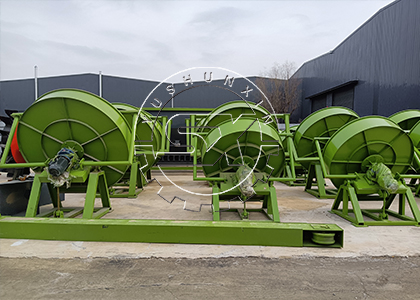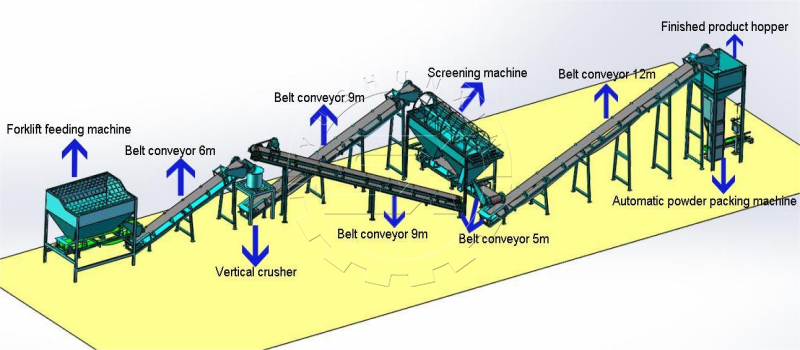Poultry farming is a thriving industry that provides a significant source of protein for consumers worldwide. However, with the growth of poultry production comes a challenge – the disposal of poultry waste. Poultry waste, such as manure and bedding materials, can be a significant environmental problem if not managed properly. Fortunately, fertilizer making machines offer a sustainable and cost-effective solution for converting poultry waste into valuable organic fertilizers. In this blog, we will explore the benefits and process of poultry waste disposal by fertilizer making machines and how this innovative technology is transforming waste management in the poultry industry.
1. The Problem of Poultry Waste Disposal:
Poultry waste, including manure, feathers, bedding materials, and feed residues, can pose a range of environmental and health risks if not managed effectively. Improper disposal of poultry waste can lead to water and soil contamination, emissions of greenhouse gases, and the spread of pathogens and diseases. Traditional disposal methods, such as land application and landfilling, are often inefficient, costly, and unsustainable in the long run. Finding a sustainable solution for poultry poop management is crucial for the environmental sustainability of the poultry industry.

2. The Role of Fertilizer Making Machines:
Fertilizer making machines are specialized equipment designed to convert organic waste materials, such as poultry manure, into high-quality organic fertilizers through a process known as composting or fermentation. These machines utilize a series of processes, including shredding, mixing, fermentation, and granulation, to transform poultry waste into nutrient-rich organic fertilizers that can improve soil fertility, enhance crop productivity, and reduce the reliance on chemical fertilizers. Click here to learn more.
3. Benefits of Poultry Waste Disposal by Fertilizer Making Machines:
– Environmental sustainability: Fertilizer making machines provide a sustainable solution for poultry waste disposal by converting organic waste into valuable fertilizers, reducing the environmental impact of waste disposal and promoting a circular economy approach.
– Nutrient recycling: Poultry waste contains valuable nutrients, such as nitrogen, phosphorus, and potassium, that can be recycled and reused as organic fertilizers to improve soil health and crop yields.
– Cost-effective: By converting poultry waste into organic fertilizers, farmers can reduce their dependence on chemical fertilizers, lower input costs, and improve the overall profitability of their operations.
– Pathogen reduction: The poultry manure composting process carried out by fertilizer making machines helps to eliminate pathogens, weed seeds, and odors present in poultry waste, making the resulting fertilizers safe and beneficial for agricultural use.
– Soil health improvement: Organic fertilizers produced from poultry waste by fertilizer making machines can enhance soil structure, increase microbial activity, and promote soil health, leading to sustainable and productive agricultural practices.
4. Applications of Organic Fertilizers from Poultry Waste:
– Crop production: Organic fertilizers derived from poultry waste can be used to enhance soil fertility, promote plant growth, and increase crop yields in a wide range of agricultural crops, including fruits, vegetables, grains, and legumes.
– Horticulture: Organic fertilizers are well-suited for use in horticultural applications, such as gardening, landscaping, and ornamental plant cultivation, to improve soil quality, support plant growth, and reduce environmental impact.
– Sustainable agriculture: Organic fertilizers from poultry waste play a vital role in sustainable agriculture practices by reducing chemical inputs, minimizing environmental pollution, and promoting soil conservation and biodiversity.
Conclusion:
Fertilizer making machines offer a sustainable and innovative solution for poultry waste disposal by converting organic waste into valuable organic fertilizers that benefit both the environment and agricultural productivity. By embracing this technology, poultry farmers can effectively manage their waste streams, reduce environmental impact, and enhance soil health and crop yields. Poultry waste disposal by fertilizer making machines represents a win-win solution that turns waste into wealth and contributes to a more sustainable and resilient food production system for future generations. If you are interested in poultry manure waste disposal machine, you can visist https://www.manuremanagementplan.com/poultry-waste-disposal-system/ for more details.











